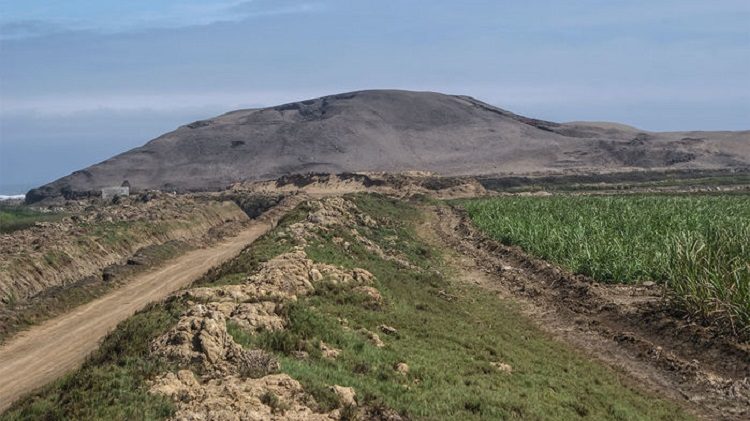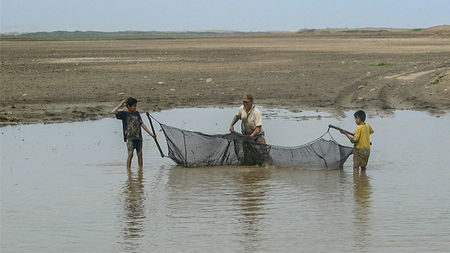
The evidence of early human occupation stunned Tom Dillehay, an archaeologist at Vanderbilt University in Nashville who led the new study. Initially, he was interested in examining the mound itself. But geologists on his team wanted to study the landform under the mound, so "we just kept going down," he says. The deepest pit, which took 5 years to excavate, reached down 31 meters. Shockingly, those deep layers contained telltale signs of human occupation, Dillehay's team reports today in Science Advances: evidence of hearth fires, animal bones, plant remains, and simple but unmistakable stone tools. Radiocarbon dates from charcoal place the earliest human occupation at nearly 15,000 years ago.
That's made some researchers say Huaca Prieta should join the small but growing list of pre-14,000-year-old sites that have revolutionized scientists' vision of the earliest Americans. Archaeologists used to think that people walked from Siberia through an ice-free passage down Alaska and Canada, reaching the interior of the United States about 13,000 years ago. In recent years, however, well documented earlier sites like Chile's Monte Verde have convinced most archaeologists that humans made it deep into the Americas by 14,500 years ago, meaning that they would have had to cross Canada long before an ice-free corridor existed. That would have left them with one logical route into the Americas: down the Pacific coast. But direct evidence for such a migration is lacking.

The Huaca Preita residents knew so much about their environment that Dillehay can't imagine they were just stopping by on their journey south. If they were part of a wave of coastal migration, they certainly weren't in a hurry. "This looks like people settling in," agrees Loren Davis, an archaeologist at Oregon State University in Corvallis. "As old as this is, you're probably not looking at the first peoples on the landscape."
The Huaca Prietans managed to do all this with surprisingly simple stone tools. Instead of complex spear points, they used flakes knocked off round beach stones for everything from prying open shellfish to cutting up plants. "They're like disposable razors," says Matthew Des Lauriers, an archaeologist at California State University in Northridge, who has found the same kind of tools on Cedros Island off Baja California, where people lived more than 12,000 years ago. The similar tools could be evidence for the very first coastal migration, he says. But the only way to know for sure is to find more coastal sites.



If it didn't happen that way, then there would be no "direct evidence" for it.
Perhaps the immigration route was across the Pacific Ocean, rather than down the Pacific coast.